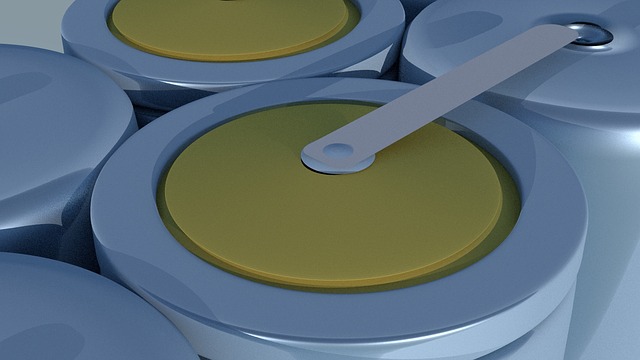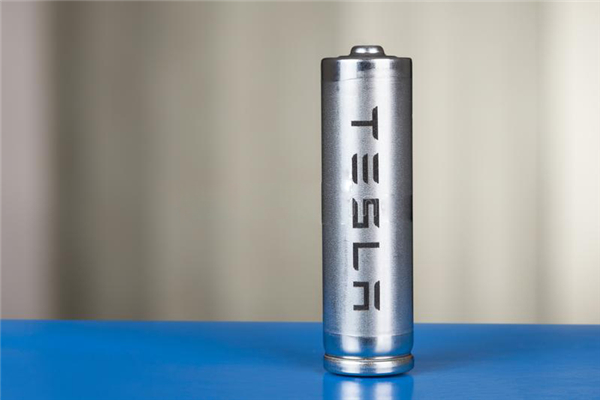How to know more about Li-ion batteries for PV systems
Aug 13, 2019 Pageview:1169
The world is shifting more rapidly toward renewable energy today more than ever before. You will be amazed at how much this energy is being used.
And in all of these, batteries play a central part. Talk of electronic devices, e-bikes, and even electric vehicles, and they all come down to batteries.
But the most amazing technology for renewable energy is the harnessing of solar energy into what can be used in our homes. Many know these systems as solar panels as they use them to provide reliable green energy solutions.
Many areas around the globe, especially where the sun shines most time of the year have fully embraced the technology. In areas where electricity poles and cables, cannot penetrate, the solar panels serve the crucial power supply role.
These systems cannot be complete however, without good batteries. For many years, wet acid batteries have been used to store power from the sun. Today, however, more battery chemistries are coming into play with Li-ion battery technology taking the lead.
Introduction to lithium-ion batteries for PV systems
There is no denying how much solar energy from PVs is becoming the perfect solution for low-carbon energy. In the next decades, chances are very high of seeing rapid growth in the use of these systems in both utility-scale and distributed PV installations. A wide range of scenarios in recent times shows that PV systems are largely contributing to the electricity mix.
Most of this power from PV systems, however, can go to waste. And this is why they are stored for later use. Since the sun does not shine 24 hours a day, stored power can be used when night falls and in times when there is not much sunshine.
For many years, the main storage has been in the form of pumped storage hydropower (PSH). They have been useful and still are even today.
But there is an increasing emergence of electrochemical storage technologies. They can take in power much faster, taking advantage of limited power resources where the sun is low. Lithium-ion batteries have taken the lead.
As a result, there is:
· Declining costs. Many people were not able to install solar panels in their homes because of the cost. They preferred paying electric costs than spending too much on installing PV systems. Power storage has been the main reason for high costs. Since Li-ion batteries have been introduced, we have seen a huge drop in prices for both utility-scale and residential stationary applications. This development is expected to continue for the next few years.
· Better adoption. The rate of adoption for modern PV systems is quite commendable. Since many can now afford, there is a clear path for continuous growth for a larger market for PV systems.
· A greener world. The rate of pollution has been significantly handled. Today, we can enjoy a green environment with less air pollution since solar charged cars are being released.
Lower-cost batteries in residential use mean homeowners with PV installations no longer need to rely on the central grid fully.
But we should not forget that there is a limit to how much batteries can be used. Consider negative implications such as high greenhouse gas (GHG) and energy use. As such, the entire life-cycle of the batteries are considered, that is, manufacturing, using, recycling, and disposing of.
Energy analysis of batteries in photovoltaic systems
There have been several studies focused on establishing how much energy is stored and emitted by different batteries in PVs. To determine the efficiency of the systems, two critical factors should be considered:
· Energy return factor. This means the value of using PVs in comparison to fossil fuels and other forms of energy.
· Energy payback time. How much do you get back when you don’t use a diesel generator, for instance.
In terms of performance and energy requirements for a working PV system, several factors should be considered. Consider the following;
· Energy efficiencies of the components.
· The service life of the battery at different temperatures
· The material and energy requirements used in the production of the PV-battery system components
22-76% of the total production energy of PVs batteries results from production and transportation. VRB batteries have the lowest relative contribution of production compared to NiMH batteries. Li-ion batteries have a high-density energy density and long cycle life. They, therefore, have the lowest transportation requirements.
The depth of discharge, charge, and battery temperature contributes largely to power efficiency. High temperatures seem to affect general performance and service life. Complete discharging destroys battery cells rendering the whole battery useless.
If battery materials, recycling, and transportation are included, you get different energy return factors and payback times. A system that gives more than 30 years of service life offers up to 20 years of payback time. This is influenced by battery technology.
The parameters mentioned above have the greatest influence on battery performance and durability in PVs. The biggest issues results form charge-discharge efficiency. One can make a PV system more efficient by using high energy batteries in the right conditions.
How feasible is it to use lithium-ion batteries in photovoltaic systems?
To answer this question, here are some parameters to be considered:
· Weight. Lead-acid batteries are quite heavy with Li-ion batteries only matching a fraction. Li-ion batteries are therefore more portable.
· Space. Li-ion batteries take far too little space compared to LA batteries. It is great for mobile devices.
· Low-temperature capacity. At – 4 degrees F, the storage capacity of LA batteries drops by 50% and only 8% for Li-Ion batteries. This means you must keep LAs warm at all times.
· Self-discharge. LA batteries lose up to 15% of the capacity current per month when not in use. Li-ion batteries only lose 1 to 8%.
· Maintenance and lifetime. LA may have a very short life if not well watered. You don’t need any additional maintenance for Li-ion batteries and they last much longer.
· Cost. LA batteries may seem cheaper upfront, but if you consider a lifetime per kWh, Li-ion batteries are cheaper.
The use of Li-ion batteries for PV systems will continue increasing. The factors mentioned above are only a few among many. As the world continues to embrace green energy, the prices will drop even further, making them affordable to everyone.
- Prev Article: Comparison: NiCad vs Lithium ion Battery Life
- Next Article: What is the lithium polymer battery swelling?
Leave Message
Hottest Categories
-
Hottest Industry News
-
Latest Industry News











